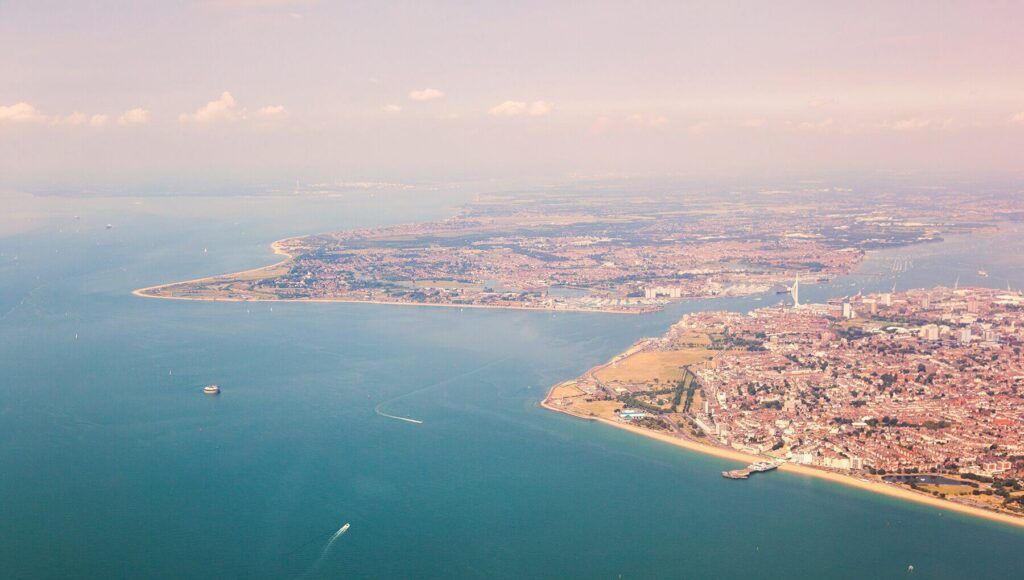Equinor’s ‘CO2 Highway Europe’ would link EU Member States to the Norwegian Continental Shelf by pipeline
Ambitious plans to develop a cross-border CO2 transport network within the EEA are welcome, as is the EU’s recognition of plans like EU2NSEA as ‘Projects of Common or Mutual Interest’ – making them eligible for infrastructure funding. However, highly capital-intensive infrastructure will take longer to plan and build and will ultimately depend on a significant critical mass of emission sources committing to invest in CO2 capture and use the pipelines. In the near term, many capture projects in the EU are instead expecting to ship CO2 to Norway or Denmark, through frontrunner projects like Northern Lights, which is a flexible but more costly option than pipeline transport. Even industries with access to initial pipeline routes, such as Aramis, are expecting high tariffs from oil and gas companies with a captive market.
Opening up access to UK storage via both ship and pipeline can increase competition and help drive down costs, while also greatly reducing the climate risk of individual stores failing to develop on time or being temporarily offline for any reason. Several of the UK’s planned sites are clustered close to the Dutch licences connected to the Aramis pipeline; the most cost-efficient solution for this region could well be to develop an interconnected network of stores accessible to emitters on both sides of the North Sea.
Unlike Norway, the UK has plenty of its own emissions to store, but also has much to gain from a pan-European CO2 network. For many of the country’s 27 exploration licences there is currently no clear case to invest in developing an operational site, as they are not associated with the UK’s funding scheme targeting priority industrial clusters. Giving these sites another route to market can only make more domestic storage options available to UK emitters, which could also choose to export to the EEA.
Overcoming the barrier
Political interest in opening the UK’s storage resource to the EU is slowly growing. On the UK side, the government’s long-term Vision for CCUS released last year highlighted the opportunity, while the EU’s Industrial Carbon Management Strategy laid out requirements for ‘a potential future recognition of CO2 storage sites in third countries without a linked ETS.’ Interest from Member States appears more pronounced, with 2023 seeing formal statements of cooperation on energy and climate between the UK and France and the UK and Germany, including explicit mentions of CCS and cross-border transport. As the UK’s new Labour government openly seeks to build greater ties with the EU, there is a valuable opportunity to tackle this problem.
However, there is little clarity on what exactly needs to change to resolve the barrier created by the ETS divergence. Recoupling the two trading systems currently seems politically challenging and could take years. The EU ETS – which is next open for revision in 2026 – could potentially be amended to acknowledge storage sites permitted in other suitable jurisdictions. Another proposed approach is to use the EU’s ‘Principle of Equivalence’, which recognises regulations of an equivalent standard in third countries (primarily for financial services), to address the problem. A useful first step for any solution is a formal declaration of cooperation on the issue between the EU and UK. But it is unlikely to be as simple as mutual recognition of each country’s storage protocols. For example, in the event of a leak of imported CO2 there would need to be legal clarity on which ETS pricing system applies to the emission.
Many countries in the EEA have recently signed Memoranda of Understanding on cross-border transport of CO2, primarily aimed at addressing another regulatory barrier posed by the London Protocol – an international maritime treaty that prohibits the export of waste for offshore disposal. An amendment to the Protocol enables the cross-border transport and storage of CO2 provided the countries involved have reached a bilateral agreement on the matter.2 While this step would also be required for any UK-EU interaction, it should be more easily resolved through agreements with Member States.
The need for urgent action and prospects beyond the North Sea
Policymakers on both sides of the English Channel recognise the climate and cost benefit of offering their industries access to more decarbonisation options, but regulatory convergence is often presented as a distant goal – post-2030 – and without a clear political strategy for getting there. Illustrating this long-term view, the EU’s Joint Research Centre’s 2024 study ‘Shaping the future CO2 transport network for Europe’ assumes the UK can only participate in the network from 2035; by which time, alternative infrastructure will be locked in. In reality, overcoming this political and regulatory hurdle could prove pivotal in enabling both the EU and the UK to meet their 2030 targets.
Looking beyond the North Sea, some developers of CCS projects in Southern Europe have pointed to the need for similar political solutions to allow them to connect with promising storage resources in countries such as Algeria, Egypt, and Israel. Without the UK’s benefit of a ‘shared origin’ storage regulation, this could present an even more challenging barrier. But ultimately the cross-border flow of CO2 for the purpose of climate change mitigation may need to become as straight-forward as it currently is for fossil fuels. Scaling up CO2 storage and transport networks at the pace required is already a colossal task, and will be made still harder by unnecessary constraints on the options at Europe’s disposal.
1 The price of CO2 under the ETS was at €67 per tonne in July 2024.
2 In 2022, a paper from the European Commission set out that bilateral agreements for the purpose of the London Protocol are effectively satisfied within the EEA by existing EU legislation. However, Member States have continued to develop bilateral agreements for cross-border transport of CO2.
Source link : https://www.catf.us/2024/08/carbon-dioxide-without-borders-connecting-uk-eu-create-more-resilient-lower-cost-co2-storage-network/
Author :
Publish date : 2024-08-23 07:00:00
Copyright for syndicated content belongs to the linked Source.
